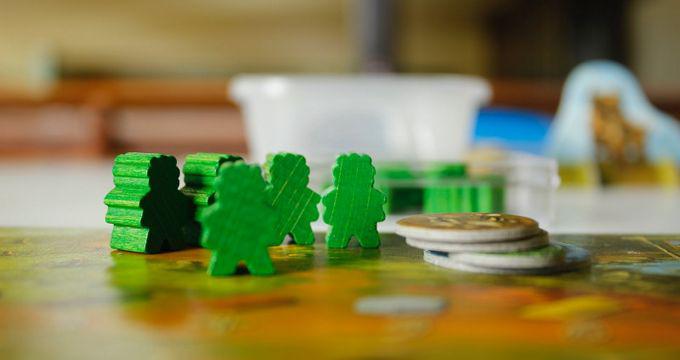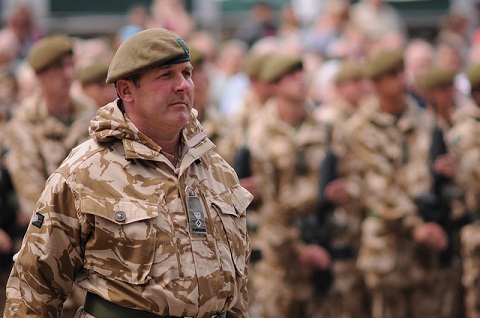Mocking up a Gamification Application


Using Octalysis
My last post touched on the Octalysis method of categorizing the various gamification elements that can be applied to an application to motivate users. That post had a number of comments in regards to providing more detail and information about how this is, or could be, applied to applications.
I think the points that you wrote in the blog were really interesting and I can't agree more on your opinion about the badge and leaderboard. To me it seem bit cruel to people who could not achieve good results or just had a bad luck.
— ROger Zhang (@RZ_Rogerzhang) August 9, 2018
In this post I am going to explore how brainstorming and design practices I use within IT can be combined something like the Octalysis method to develop a plan for an application that has more than just badges.
But First - Current Gamified Applications
Few applications implement what I would call a more complete gamified experience. I myself have only really found two that I would consider offer this style of experience, Zombies! Run and Habitica(and it’s clones). Most applications implement either basic gamified concepts or a partial experience.
I just had a look into zombies run and I am blown away with the concept! I had never seen the app before but i just might download it now… the feeling of actively participating in the story sounds incredibly appealing!
— Annalie (@annaliec13) August 6, 2018
Why is this important? For myself, I find I just get bored and disengage with a lot of the gamified applications around as there is not enough to hold my interest. As Sari Gilbert explains:
… a player who has proven his commitment by investing time and recruiting others will need to feel special to continue to loyally participate and return (Gilbert 2015, p. 171)
This is where I feel a full gamified experience, particularly for those applications used by an individual in isolation, would really work and maintain that constant engagement.
Let’s Design
To kick this off I sat down and recorded a little bit of a brain storming session using two general concepts:
- An agile project management application
- A squad based strategy game with an XCom theme
Brainstorming session for a gamified application using the Octalysis framework. Music provided by Juhani Junkala (CC0)
This fairly quick brainstorming session can really show how you can quickly come up with a complete gamification experience within an existing application. This will require more work, however, and other factors still need to be considered, but let’s expand this brainstorming session out.
… the idea of using game mechanics within a working environment for the sole purpose of pushing a productivity agenda carries in itself certain morally grey areas. (Dymek & Zackariasson 2016, p. 28)
Agile Commander is Born!

So now that we have the basis for out gamified application, let’s take our brainstormed elements and iterate this into the beginnings of a more complete design. Firstly, we will call this mock-up “Agile Commander” at this stage, combining the Agile project methodology of the application and the squad commander concept of the game. Agile development has a framework for breaking down tasks that we will incorporate into our application as follows:
- Initiatives - Overall goal or project the user is working towards finishing. In our application to keep with the theme let’s call it objective. We will ask the user what this is at squad creation.
- Epics - Large portions of work that can be grouped together. In our application let’s call these operations.
- Stories - Small requirements that can be finished quickly. Let’s call these the missions.
- Tasks - Stories broken down into tasks. We will keep the name tasks to complete the mission.
This breakdown gives us our key epic meaning driver, an ‘in-game’ narrative around saving the world from hostile aliens, but also a related intrinsic driver, completing the initiative.
Mission Command

We now have our core structure for planning and completing tasks in place and tied to our first key driver, let’s iterate through gamifying operations, missions and tasks. I’m going to approach this by using the empowerment and creativity driver, as well as the ownership and possession driver. Using a command centre concept, let’s enable users to define operations and missions by presenting a dynamic list of narrative elements to link them. Here are some examples:
- Operation - Liberate Region
- Mission - Rescue Personnel
- Mission - Destroy Outpost
- Mission - Disrupt Enemy Operation
To be continued …
This gives us the first steps in planning our gamified application. In the next installment, we will look at the concepts of progress, ownership, scarcity and unpredictability by adding soldier and equipment elements to our gamified application.
Click here to jump to part two
References
Gilbert, S 2015, Designing Gamified Systems : Meaningful Play in Interactive Entertainment, Marketing and Education, n.p.: New York : Focal Press, 2016., DEAKIN UNIV LIBRARY’s Catalog, EBSCOhost, viewed 11 August 2018.
Dymek, M, & Zackariasson, P 2016, The Business Of Gamification : A Critical Analysis, n.p.: New York : Routledge, 2016., DEAKIN UNIV LIBRARY’s Catalog, EBSCOhost, viewed 13 August 2018.
